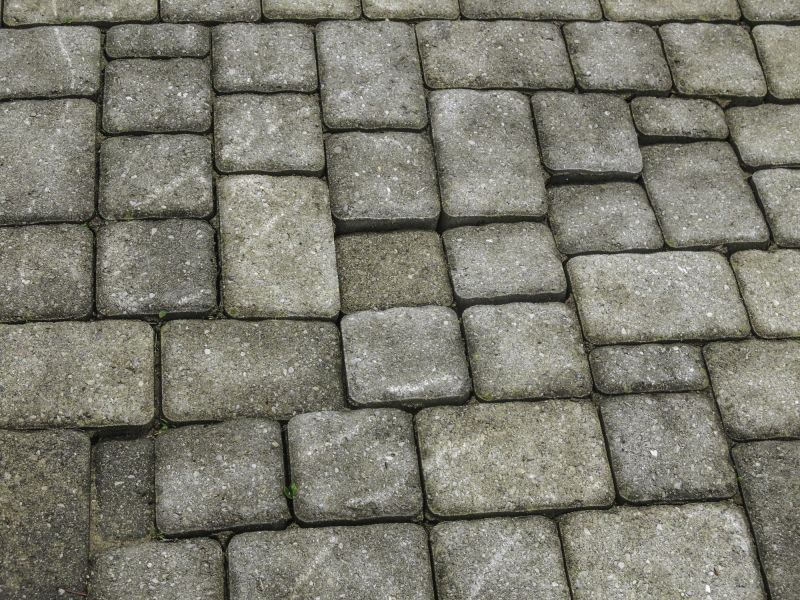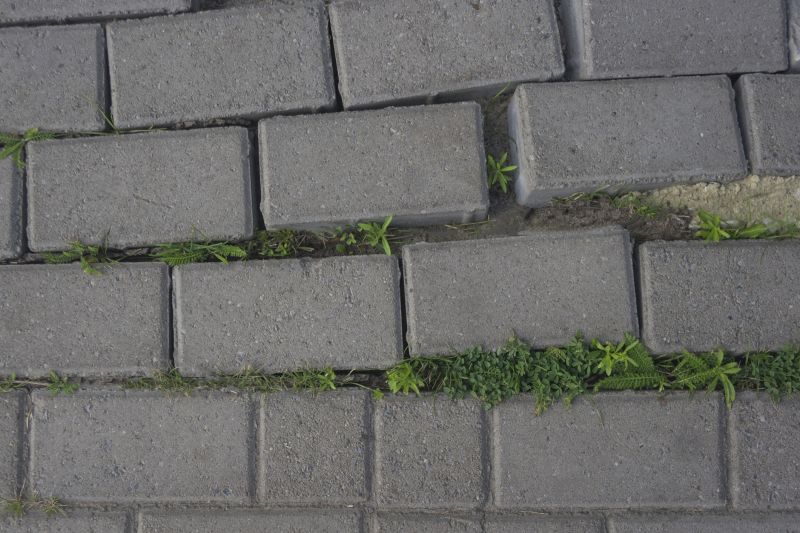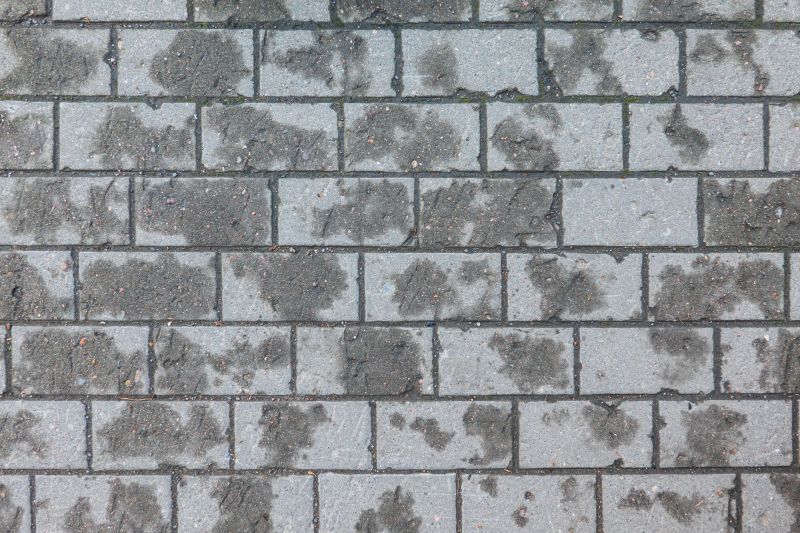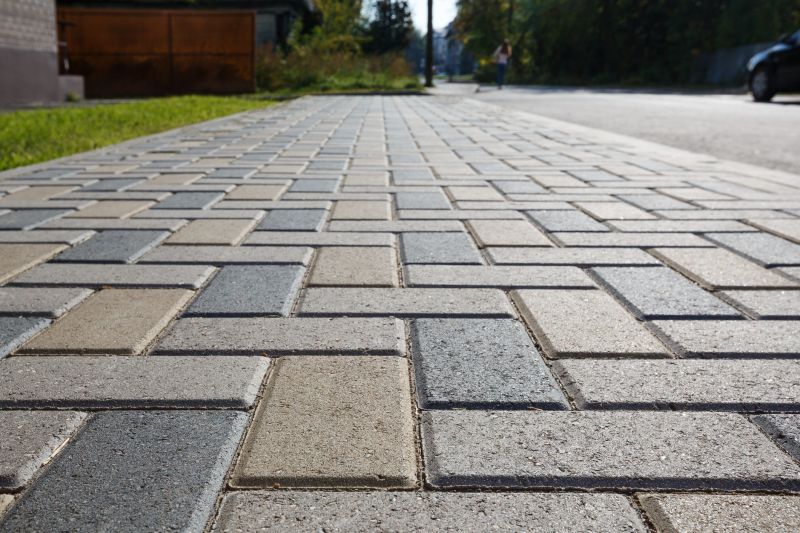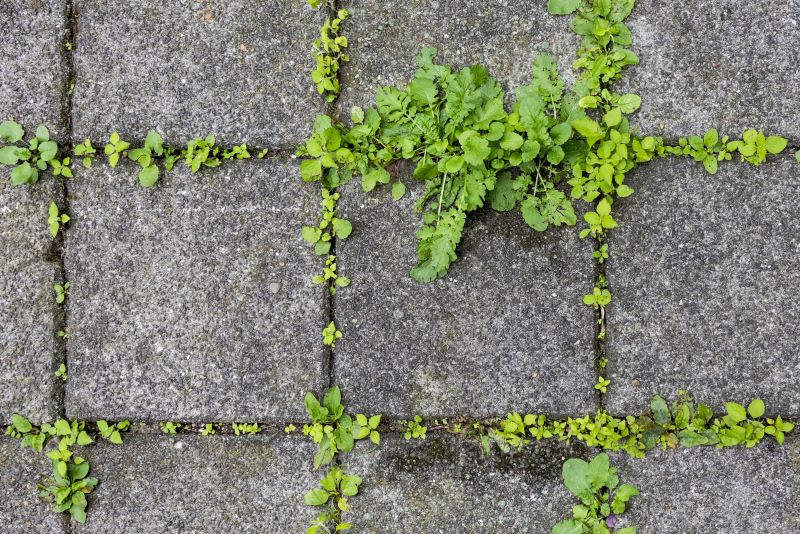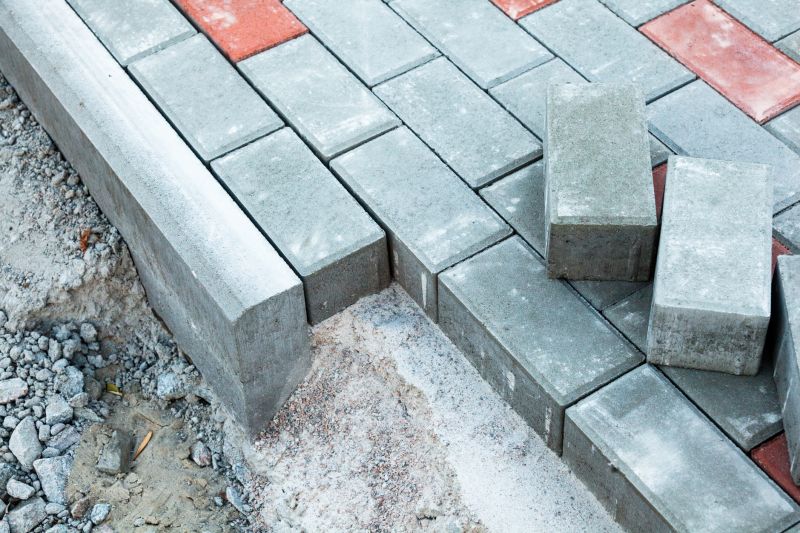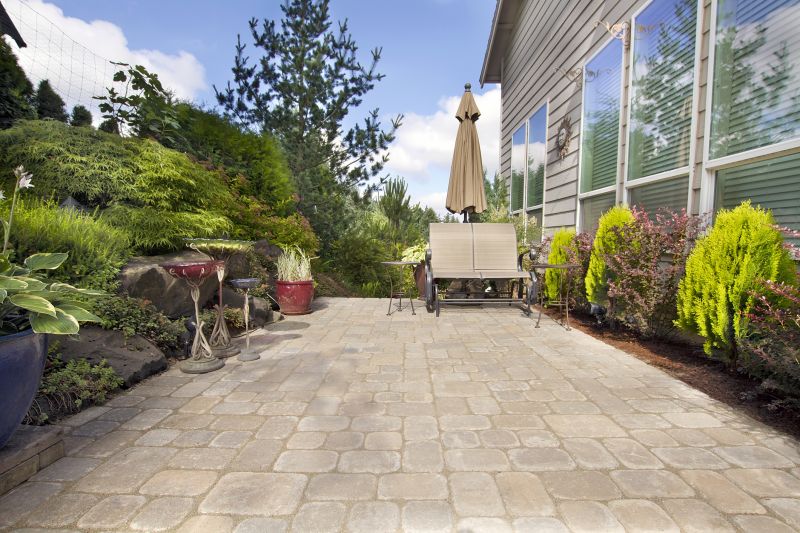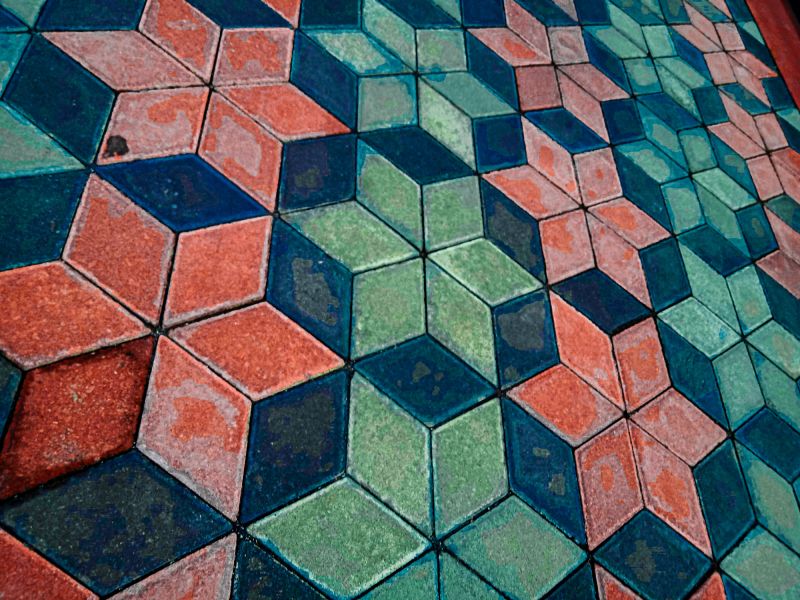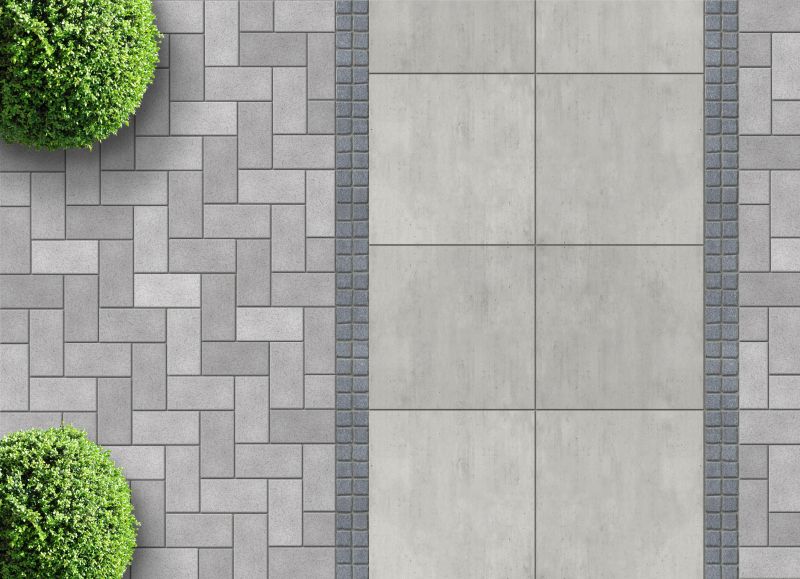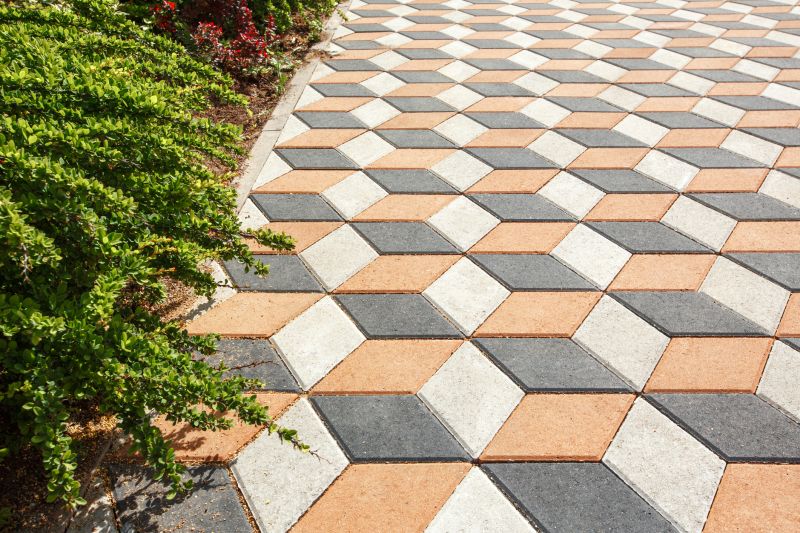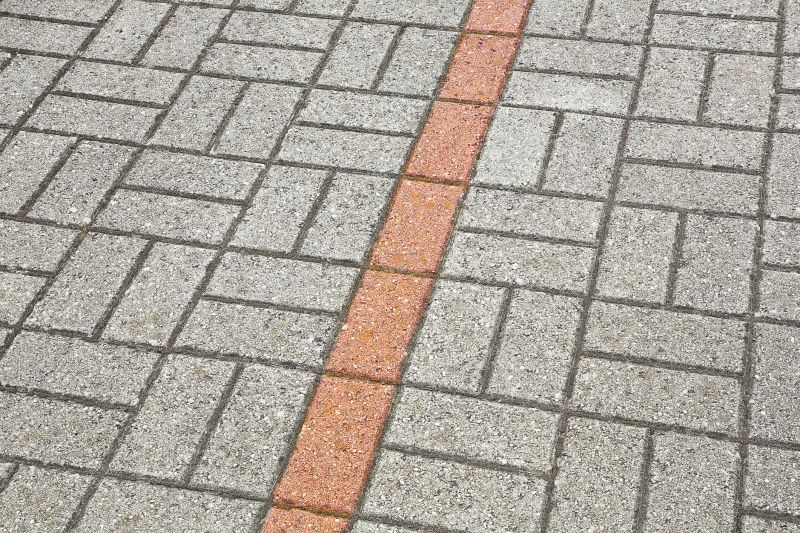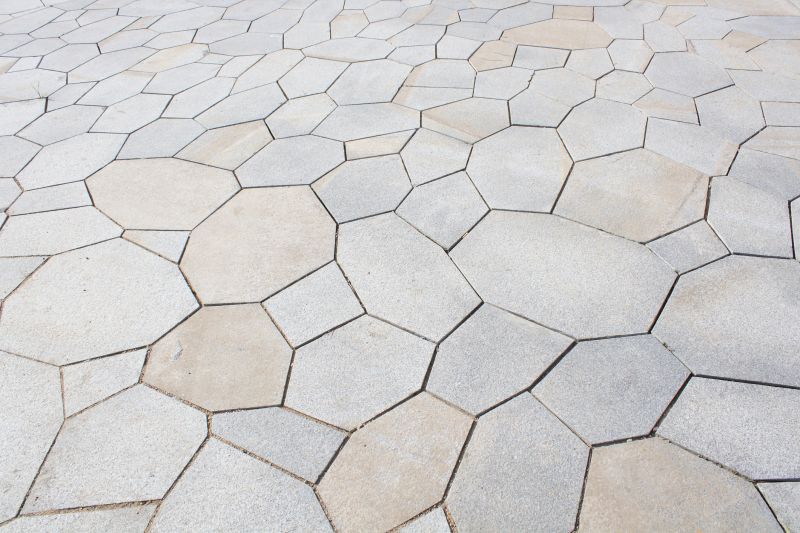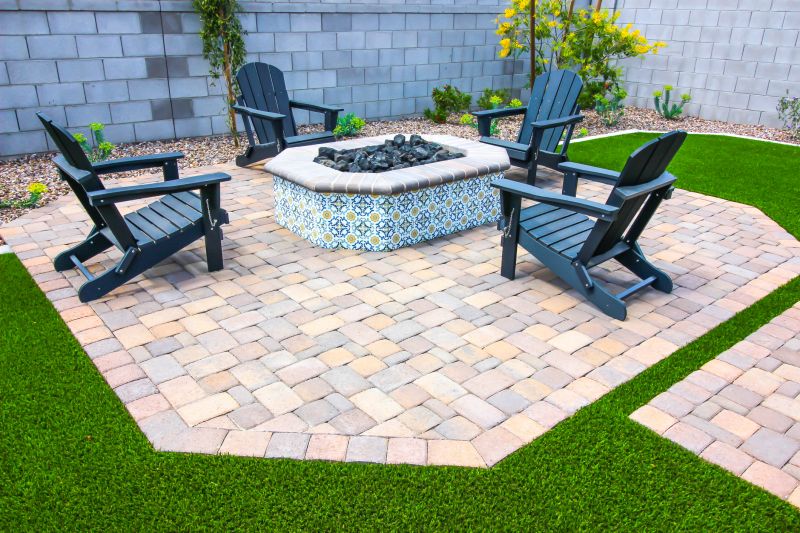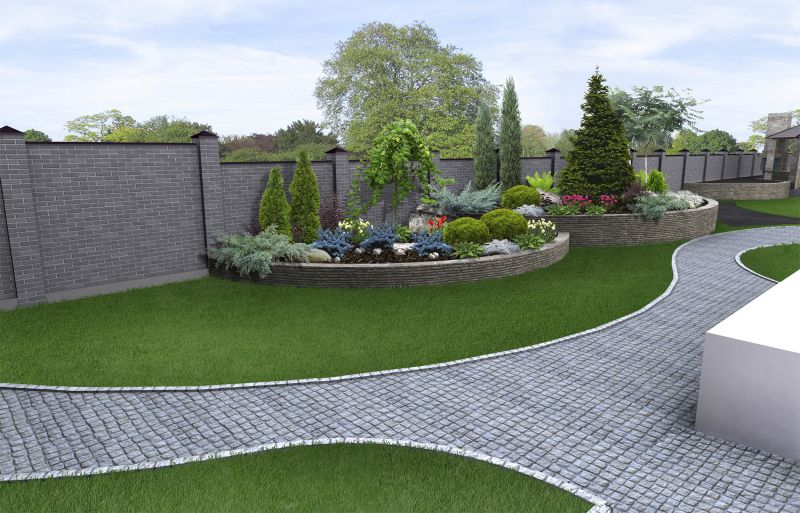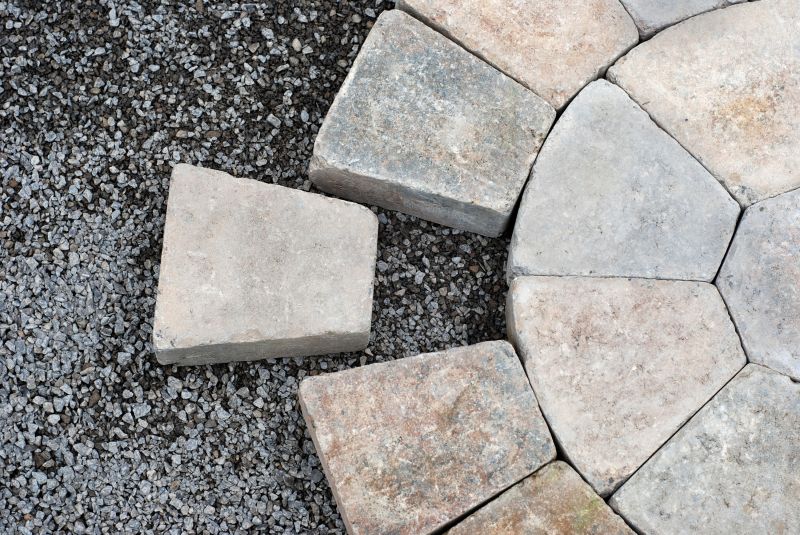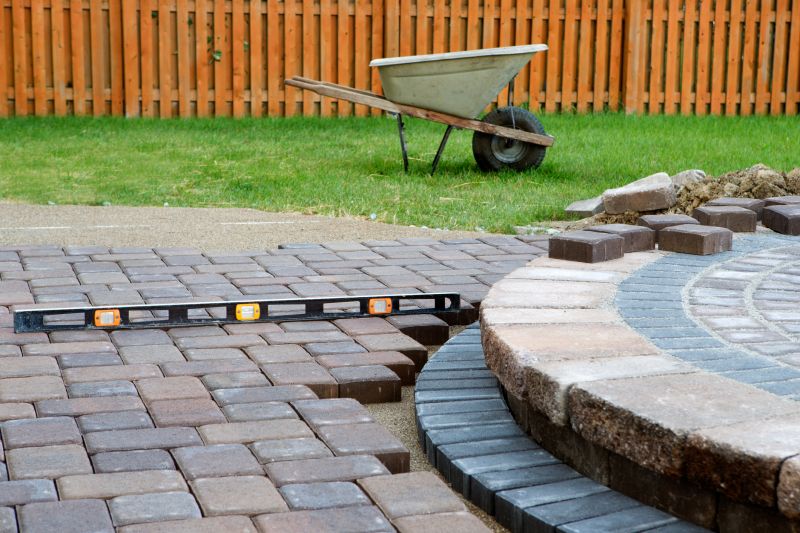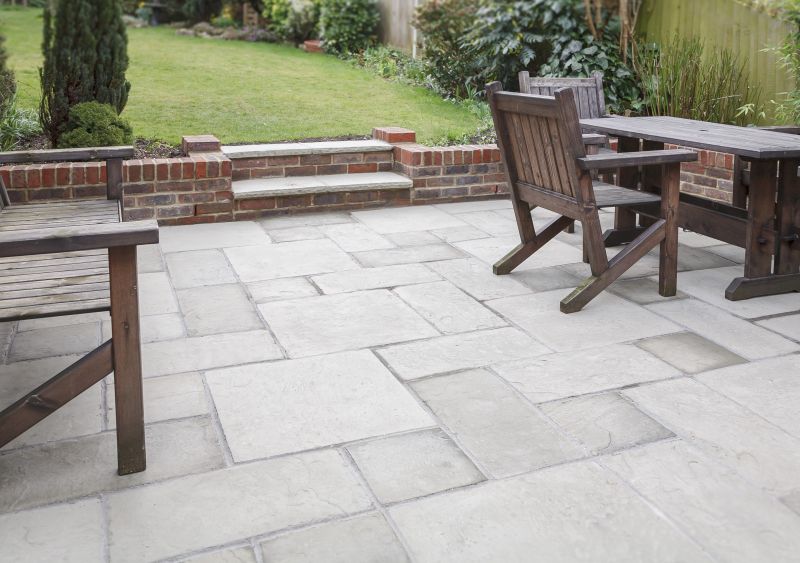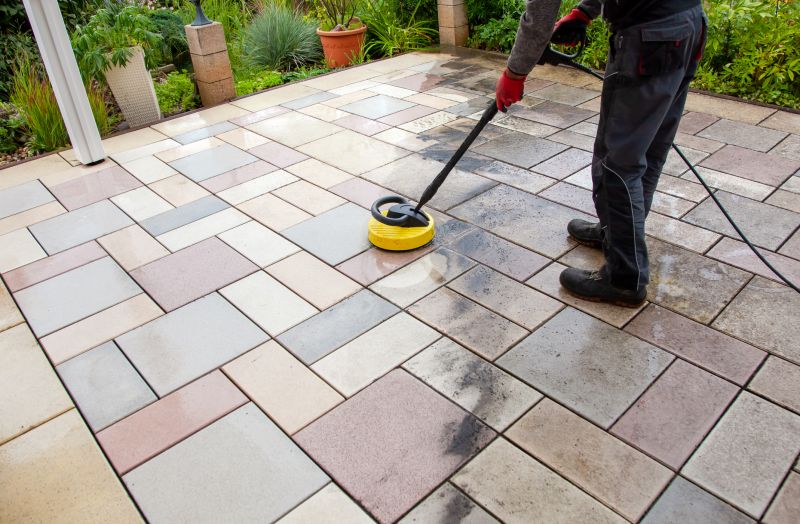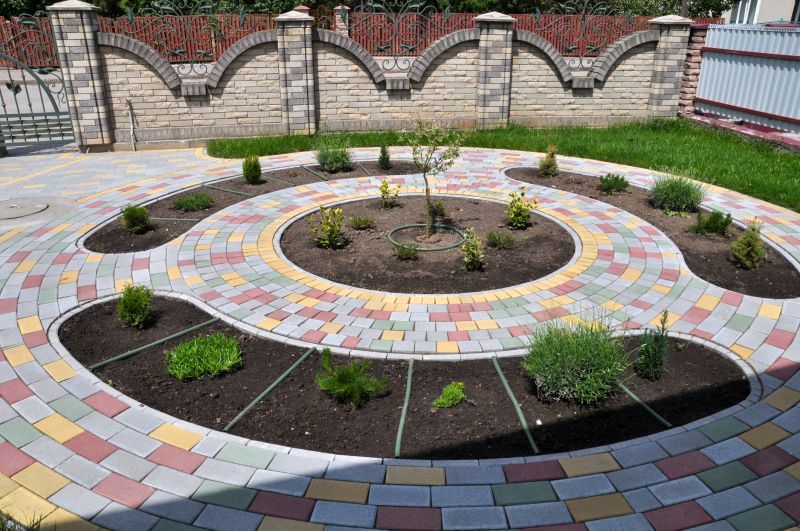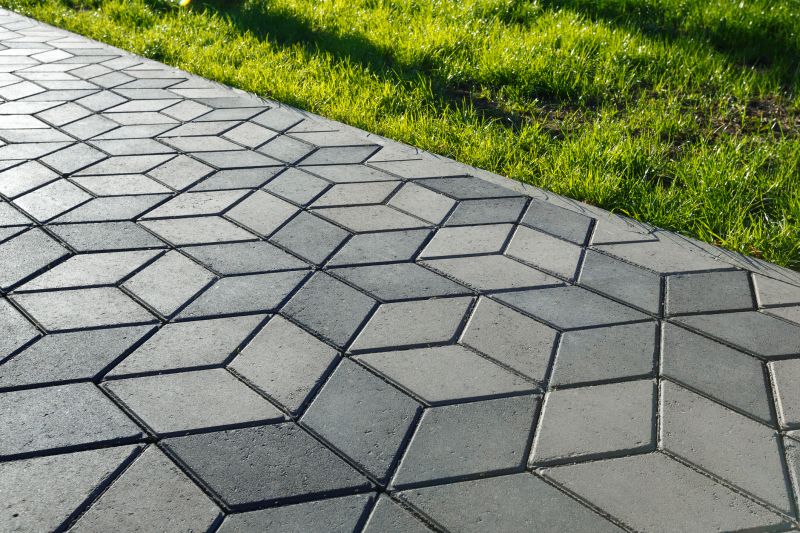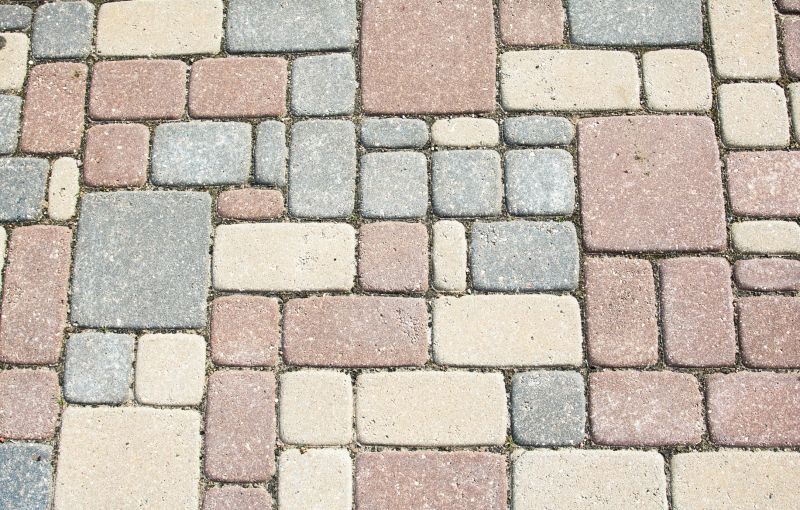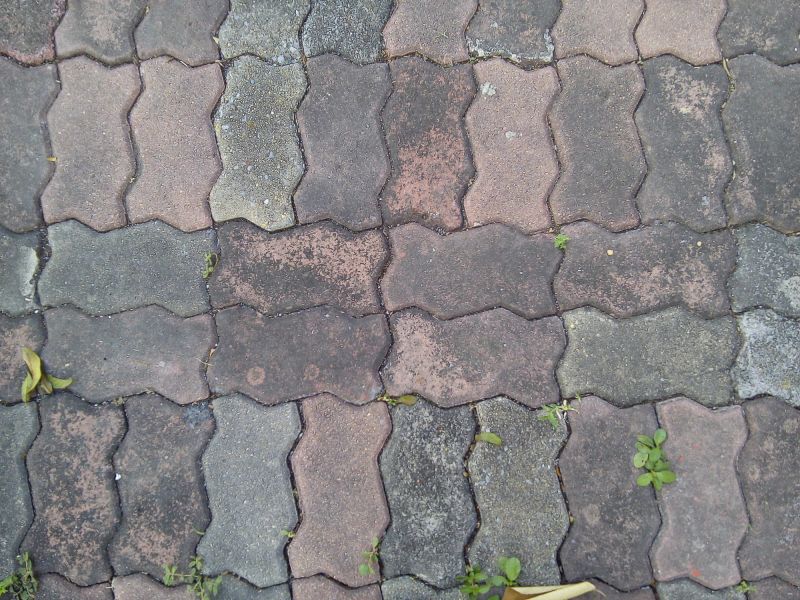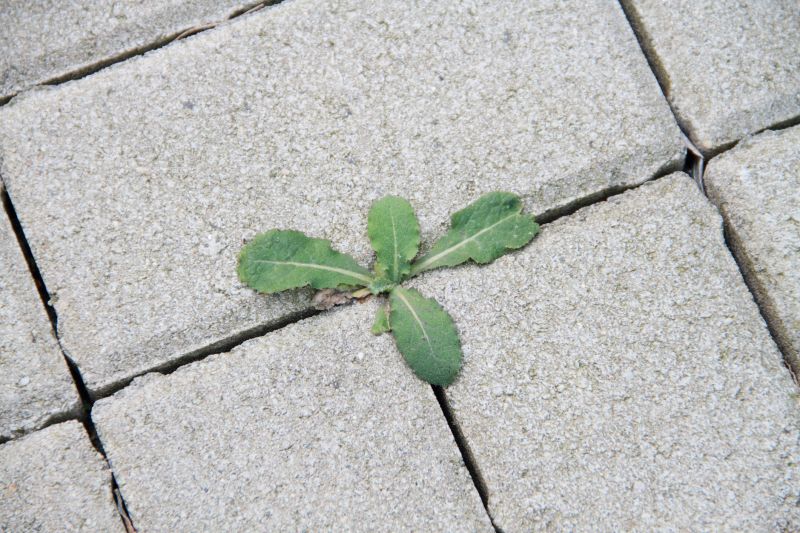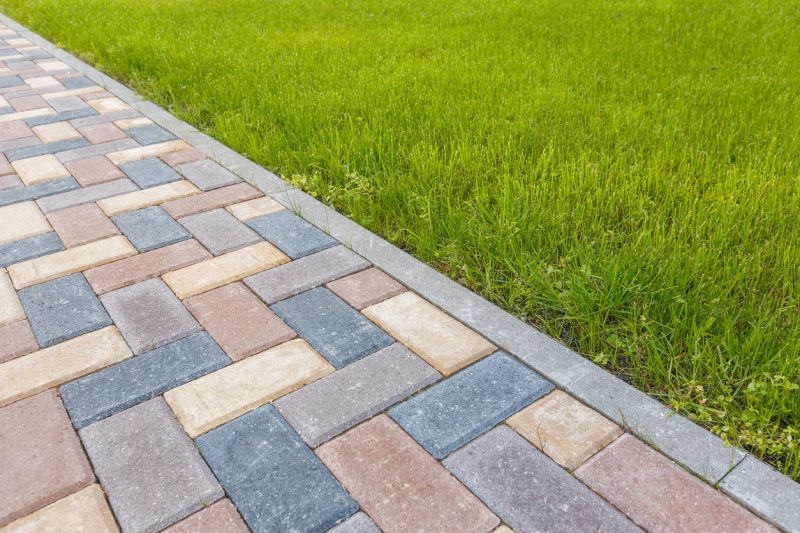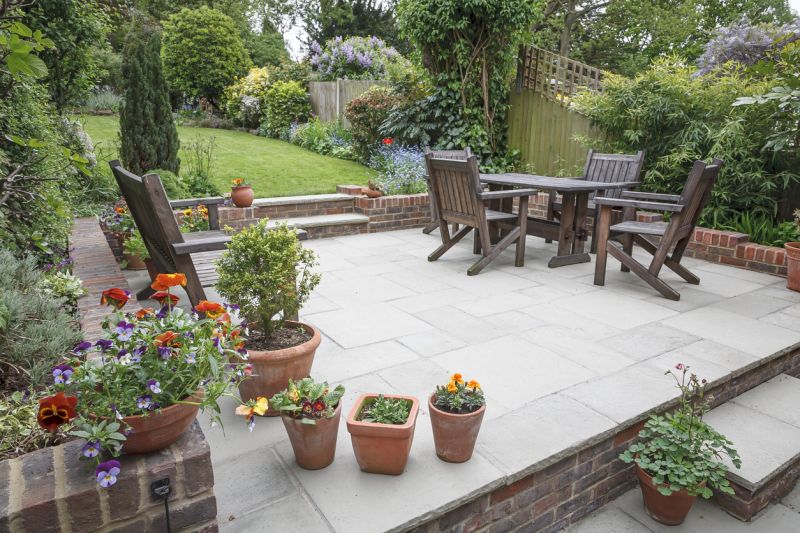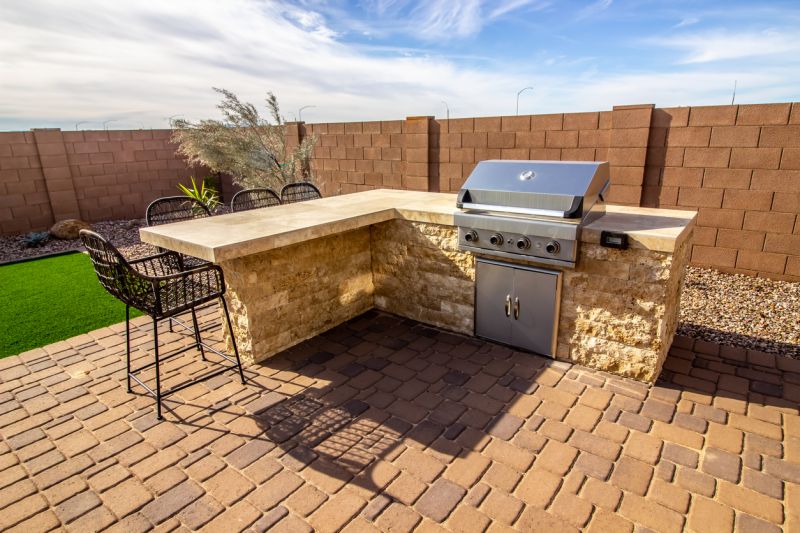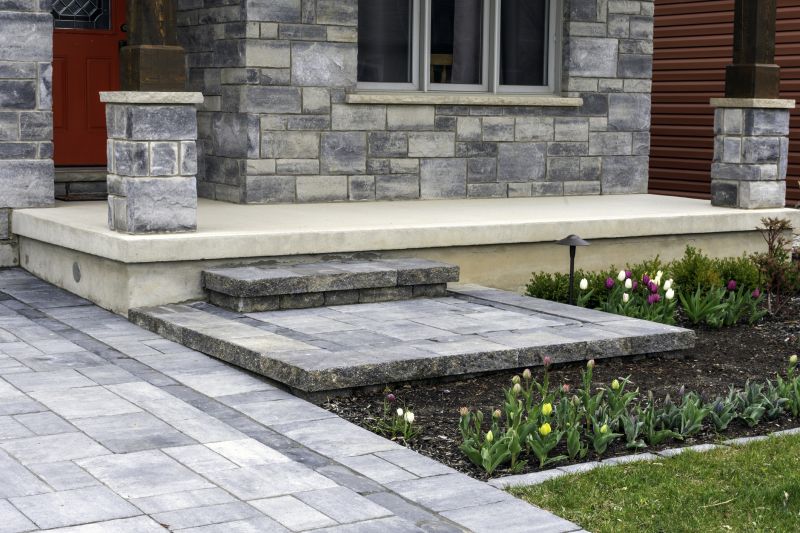Joint Sand Replacement For Pavers
Get help with your joint sand replacement for pavers needs. Fill out the form above and we will connect you with local pros in your area. When it comes to maintaining the longevity and stability of your pavers, opting for a joint sand replacement is a wise choice. Joint sand replacement for pavers offers a multitude of benefits that contribute to the overall durability and aesthetic appeal of your outdoor spaces. By replenishing the joint sand between your pavers, you can prevent weed growth, deter insects, and minimize the risk of shifting or settling. This process also helps to improve the interlocking system of the pavers, enhancing their strength and stability. Additionally, joint sand replacement for pavers aids in effective water drainage, preventing the accumulation of water and reducing the chances of erosion or damage. With this simple yet effective maintenance technique, you can ensure the long-lasting beauty and functionality of your pavers for years to come.
Joint sand replacement for pavers is a crucial maintenance task that ensures the longevity and stability of your outdoor paved surfaces. Over time, the sand between the paver joints can erode or wash away due to various factors such as weather conditions and regular usage. By undertaking joint sand replacement, you can restore the structural integrity of your pavers and prevent issues like shifting, weed growth, and water pooling. This process involves removing the old sand and replacing it with new, high-quality sand that is specifically designed for paver joints. By replenishing the joint sand, you create a solid and durable foundation for your pavers, enhancing their overall performance and aesthetics. Regular joint sand replacement is essential to maintain the integrity and longevity of your paver installation, ensuring a stable and visually appealing outdoor space.
Joint sand replacement for pavers is a crucial maintenance task that ensures the longevity and stability of your outdoor paved surfaces. Over time, the sand between the paver joints can erode or wash away due to various factors such as weather conditions and regular usage. By undertaking joint sand replacement, you can restore the structural integrity of your pavers and prevent issues like shifting, weed growth, and water pooling. This process involves removing the old sand and replacing it with new, high-quality sand that is specifically designed for paver joints. By replenishing the joint sand, you create a solid and durable foundation for your pavers, enhancing their overall performance and aesthetics. Regular joint sand replacement is essential to maintain the integrity and longevity of your paver installation, ensuring a stable and visually appealing outdoor space.


